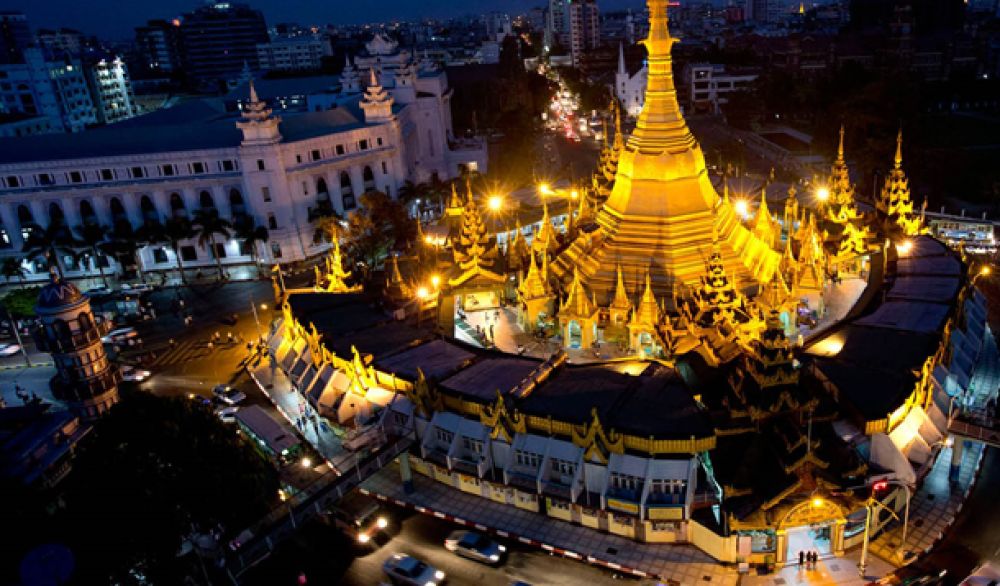

When planning a visit to the Sule Pagoda in Yangon, the best time to go is during the dry season, which usually runs from November to February. During these months, the weather is pleasant with less humidity and cooler temperatures, averaging around 25 to 30 degrees Celsius. This comfortable climate makes it easier to explore the pagoda and the surrounding areas without the discomfort that the hot and rainy seasons can bring. Additionally, since this period coincides with various cultural festivals, visitors have the unique opportunity to experience local traditions and religious events in full swing, which can greatly enrich the cultural aspect of their visit.
Visitors should also consider the timing of their visit within a day. Early morning is a tranquil time to explore the Sule Pagoda, as there are fewer crowds and the atmosphere is serene, which is ideal for those interested in meditation or quiet reflection. Alternatively, evening visits offer the magical experience of seeing the pagoda illuminated against the night sky, which can be quite picturesque. It’s always best to visit during daylight hours or early evening to ensure you can appreciate the intricate details of the pagoda. Keep in mind that the Sule Pagoda is not only a tourist attraction but also an active place of worship, so dressing conservatively and respecting local customs will enhance your visit.
| Month | Min Temp | Max Temp |
|---|---|---|
| January | 18 °c | 32 °c |
| February | 19 °c | 35 °c |
| March | 24 °c | 36 °c |
| April | 25 °c | 37 °c |
| May | 25 °c | 33 °c |
| June | 24 °c | 30 °c |
| July | 24 °c | 30 °c |
| August | 24 °c | 30 °c |
| September | 24 °c | 30 °c |
| October | 24 °c | 32 °c |
| November | 22 °c | 32 °c |
| December | 19 °c | 32 °c |